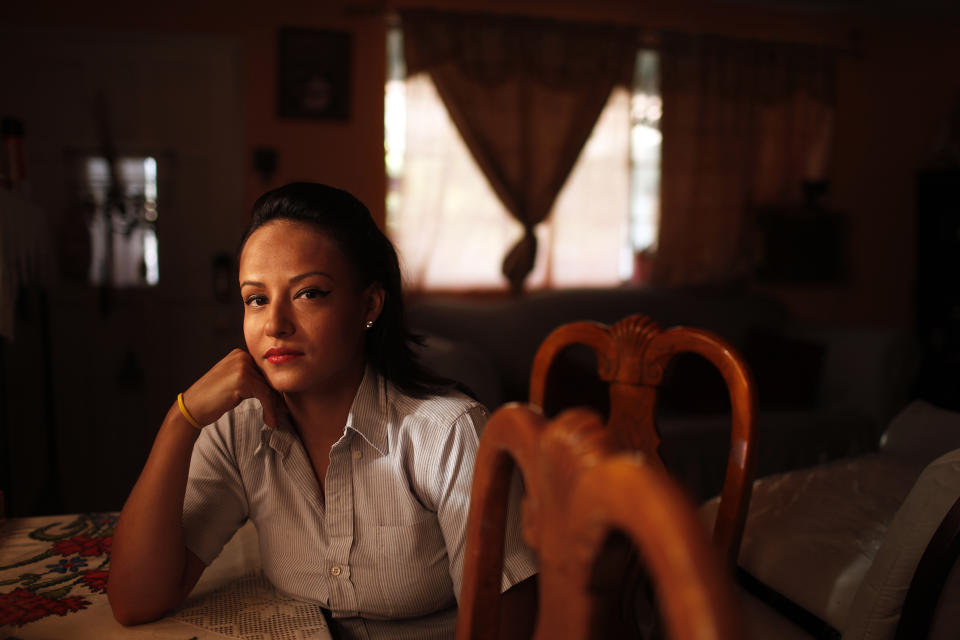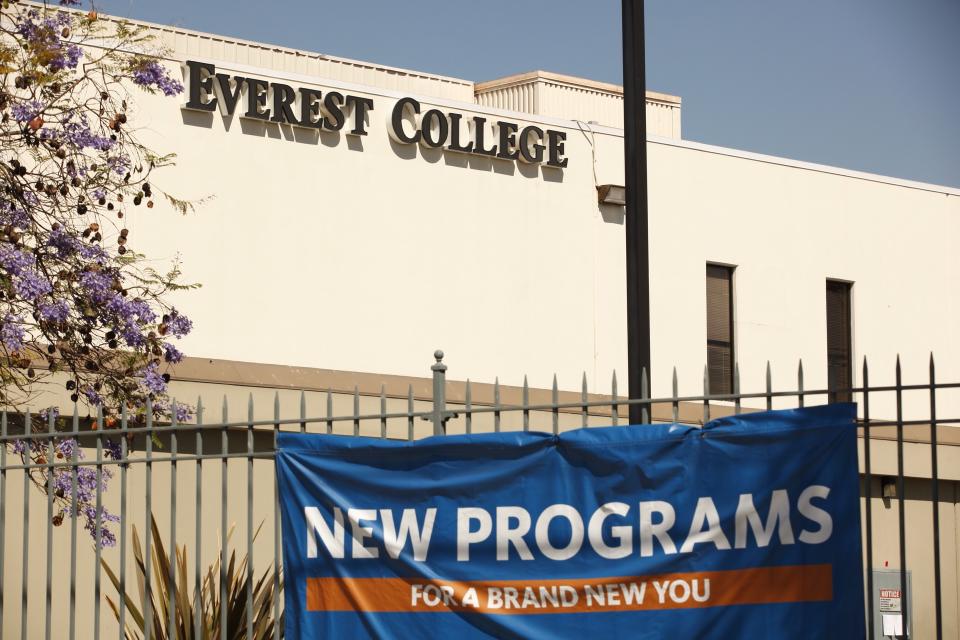Education Secretary DeVos sued over rule related to for-profit college fraud
The Department of Education (ED) changed its rules on how students defrauded by for-profit colleges seek debt relief, leading to lawsuits and a political fight to return the rule to its Obama-era form and a veto from President Trump in support of the change.
Now consumer advocates are suing over related, lesser known Trump administration student debt rule change in another attempt to obtain more relief for defrauded students.
A lawsuit filed on Tuesday by Public Citizen and the Project on Predatory Student Lending against the Department of Education (ED) targets the “Partial Relief Rule,” a rule implemented by ED in December 2019.
The plaintiffs argue that DeVos’ new standards “wrongfully denies student loan borrowers who have successfully established a claim through the borrower defense process most of the relief to which they are entitled on their federal student loans.”
The Department of Education did not immediately return a request for comment.

‘Arbitrary, capricious, and contrary to law’
The new lawsuit is the latest amid the Trump administration’s policies regarding students defrauded by U.S. colleges.
The so-called borrower defense rules were originally written into law through the Higher Education Act in the early 1990s and were meant to help victims of fraudulent schools seek relief. Under existing law, borrowers with federal loans are eligible for loan forgiveness if a college or a university has misled them or engaged in other misconduct in violation of certain state laws.
In 2015, after several for-profit colleges went extinct amid scandals, the Obama administration implemented regulations such that defrauded students who made a successful claim would be granted full debt relief.
Education Secretary Betsy DeVos modified that rule in 2019, and made it tougher to access relief, alleging that the Obama administration left behind a messy set of policies.

“When borrower defense arrived in 1995, it ... was little used… in the 20 years from 1995 to 2015, fewer than 60 claims were filed,” she said during a previous hearing in front of the House Committee on Education and Labor. “Then the previous administration weaponized the regulation against schools it simply didn’t like. They applied the law in a discriminatory fashion. So since 2015, there has been a 5,000% increase in borrower defense claims.”
A political spat ensued: Congress rejected DeVos’ new rules, tried to re-install Obama-era rules, which then passed the GOP-controlled Senate, only to be rejected by President Donald Trump. (The House signaled that it would attempt to override the veto.)
The new lawsuit brought forward on Tuesday argues that the DeVos-era “Partial Relief Rule” made it such that the “vast majority of student borrowers receive only partial or no relief… despite having established a borrower defense claims.”
Previously, when an applicant makes a claim and is successful, all their debt would be dissolved.

Under the new Partial Relief Rule, ED compares the median earnings of recent graduates of the program the borrower attended against the median earnings of recent graduates from similar programs and then decides on the amount of debt relief.
ED’s rule “ignores evidence submitted by borrowers about how their schools’ actions harmed them,” the lawsuit argues. “The Partial Relief Rule adopts a flawed formula, providing borrowers with full debt relief only when the median earnings data from their program are two standard deviations below that of comparison programs. The formula assumes that the data will fall along a normal distribution pattern, but the earnings data do not.”
Active duty service member defrauded by for-profit chain
Brittany Saulsberry, who grew up in a poor neighborhood in Dallas, first learned about Everest College, which is part of the now-defunct for-profit chain Corinthian Colleges, when she met the college’s recruiters at her high school.
The representative pitched the school as a “way out” of their tough circumstances and promised that attending a college like Everest would get them jobs. Saulsberry kept the idea of college in her back pocket, and after graduation, joined the United States Navy in 2006.
When she returned to Texas in 2008, she worked as a reservist and as a security guard. She saw some ads promising accredited degrees and good jobs by Everest. She enrolled but was called to active duty in 2011 and deployed in Afghanistan while a student.

When she came back and finished her degree, Everest’s career services offered no help finding a job. Saulsberry ended up finding a job as a postal worker and a teaching assistant, which was unrelated to what she had studied.
And, she had “tens of thousands of dollars” in federal student loans left. In 2016, she submitted an application to have the remainder debt forgiven, especially since Everest had misrepresented job placement, accreditation, and the cost of the program.
That application was made possible due to the Obama-era “borrower defense” rule. In December 2019, ED approved Saulsberry’s application but only gave her 25% relief on all her federal student loans, citing the Partial Relief Rule.
Saulsberry, who has since returned to active duty with the Navy, is one of the plaintiffs in the class-action suit, along with six others who also attended for-profit schools.
The lawsuit states that the overhanging debt has not only worsened Saulsberry’s credit but “made it substantially more difficult for her to plan her financial future.”
—
Aarthi is a reporter for Yahoo Finance covering consumer finance and education. Follow her on Twitter @aarthiswami. If you attended a for-profit college and would like to share your experience, reach out to her at [email protected]
Read more:
'They stole my time’: For-profit college students share horror stories
HEROES Act would cancel $10,000 in student debt for ‘economically distressed’ borrowers
Read the latest financial and business news from Yahoo Finance
Follow Yahoo Finance on Twitter, Facebook, Instagram, Flipboard, SmartNews, LinkedIn,YouTube, and reddit.
